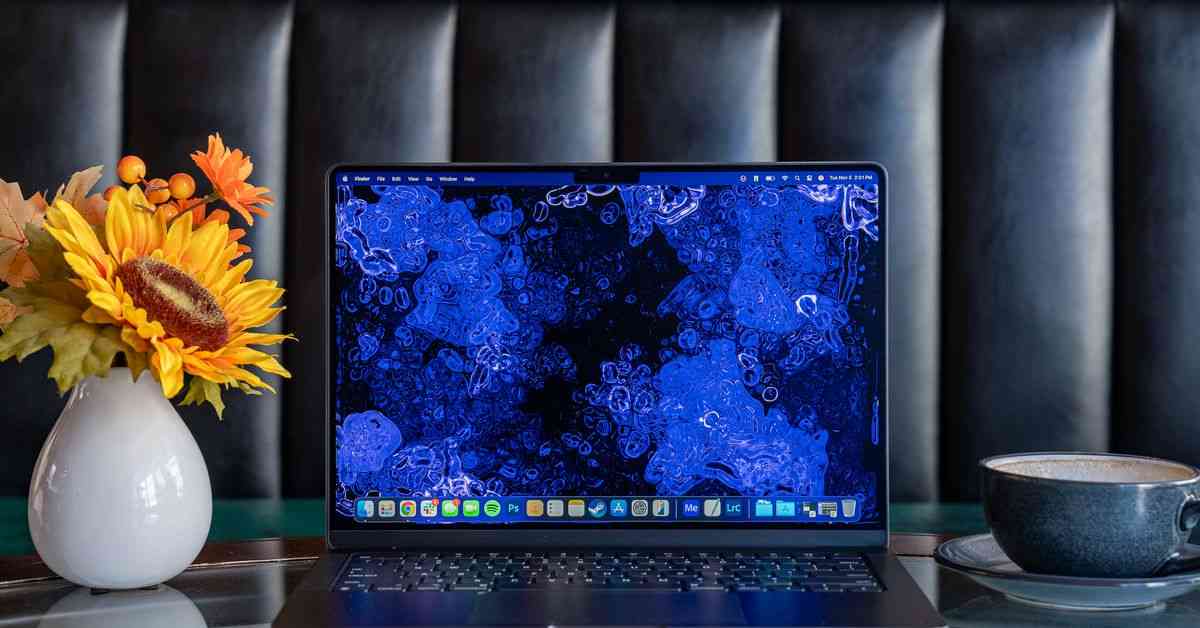Apple has finally released the much-anticipated MacBook Pro M4, and it seems to address many of the concerns users had with the previous models. The M4 is priced at $1,599 and comes with impressive specs, including a 10-core CPU, 10-core GPU, 16GB of memory, and a 512GB SSD. This base model offers two more CPU cores, twice the RAM, and a third Thunderbolt port compared to its predecessor, the M3. The additional port on the right side of the laptop provides more flexibility for charging and connecting external displays.
In addition to the hardware upgrades, Apple has introduced new features across all three MacBook Pro models. These include a 12-megapixel webcam with Center Stage and Desk View software, an anti-glare nano-texture display option for $150, and a space black chassis choice. The M4 Pro also supports two external displays with its lid open, which is a significant improvement over the M3 model.
For users working with creative apps like Final Cut Pro and Premiere Pro, the M4 MacBook Pro offers a substantial performance boost compared to the MacBook Air. The M4 excelled in handling high-resolution raw files in Lightroom Classic, showcasing faster processing speeds and improved overall performance. The laptop’s battery life is also impressive, lasting over 12 hours during moderate-to-heavy usage.
The M4 MacBook Pro boasts a 14.2-inch Mini-LED display with a resolution of 3024 x 1964 and a 120Hz refresh rate. The machine is powered by the Apple M4 chip with 10 CPU cores and 10 GPU cores, along with 16GB of LPDDR5 RAM and a 1TB SSD. Connectivity options include Wi-Fi 6E and Bluetooth 5.3, while ports consist of 3x USB-C/Thunderbolt 4, an SDXC card slot, HDMI 2.1, and a headphone/mic combo.
One of the standout features of the M4 MacBook Pro is the anti-glare nano-texture display, which offers improved visibility in varying lighting conditions. While the glossy screen may provide slightly deeper contrast, many users prefer the convenience of the nano-texture display, especially when working in different environments. The $150 upgrade for the anti-glare screen is seen as a worthwhile investment for visual professionals.
In terms of performance, the M4 MacBook Pro outperformed its predecessor, the M3, in various benchmark tests. It showed a 64% improvement in Cinebench’s standard multicore test and maintained a 41% performance delta in a sustained 30-minute loop of the same benchmark. The machine also demonstrated over 20% better single-core scores in both Cinebench and Geekbench, along with a 25% faster performance in GPU benchmarks.
While the M4 MacBook Pro offers significant upgrades over the MacBook Air, users should consider their specific needs and budget constraints when choosing a model. The base M4 model is priced at $1,599, offering a balance of performance and features suitable for many users. However, those requiring additional storage and processing power may opt for the upgraded M4 Pro or M4 Max models, albeit at a higher price point.
Overall, the M4 MacBook Pro represents a substantial improvement over its predecessors, addressing key concerns and offering a compelling option for professionals and power users. With its enhanced performance, innovative features, and improved design, the M4 sets a new standard for Apple’s Pro laptop lineup.













